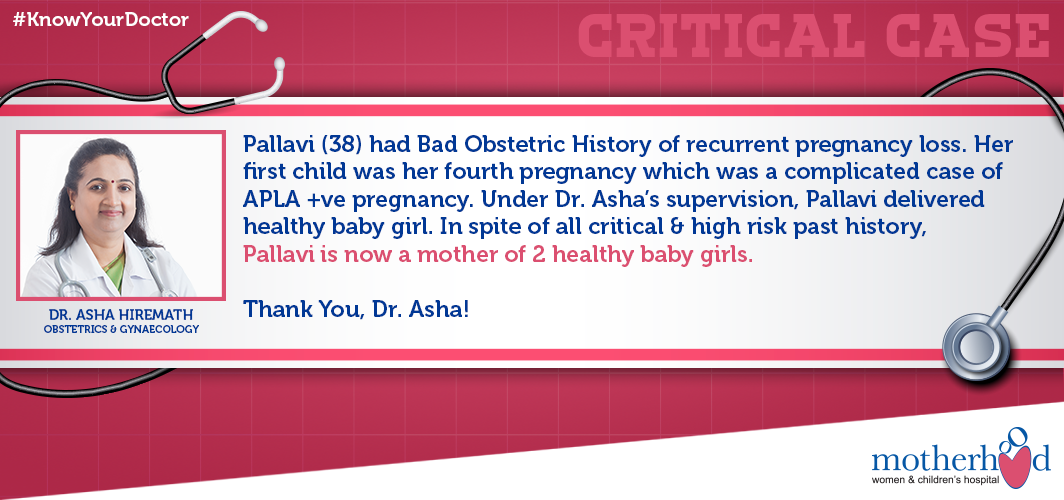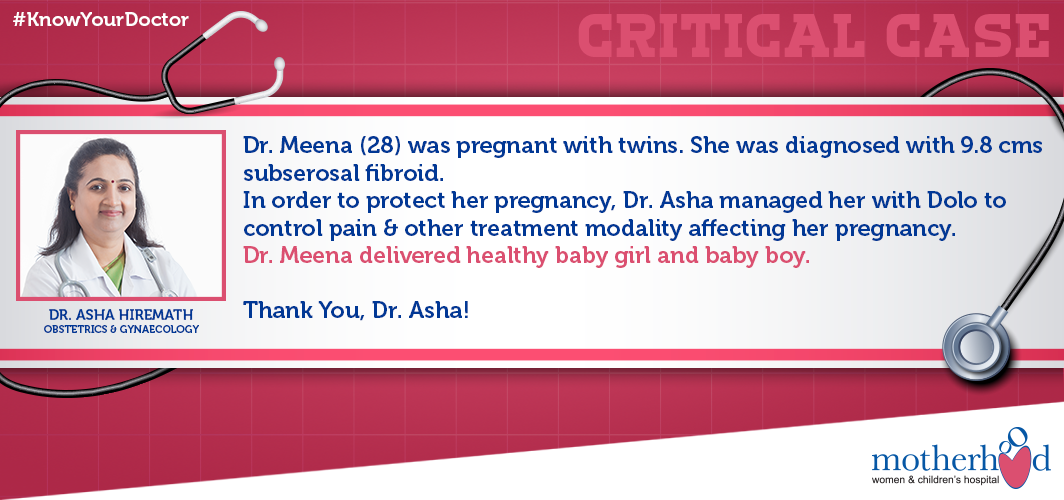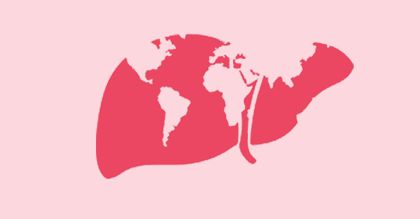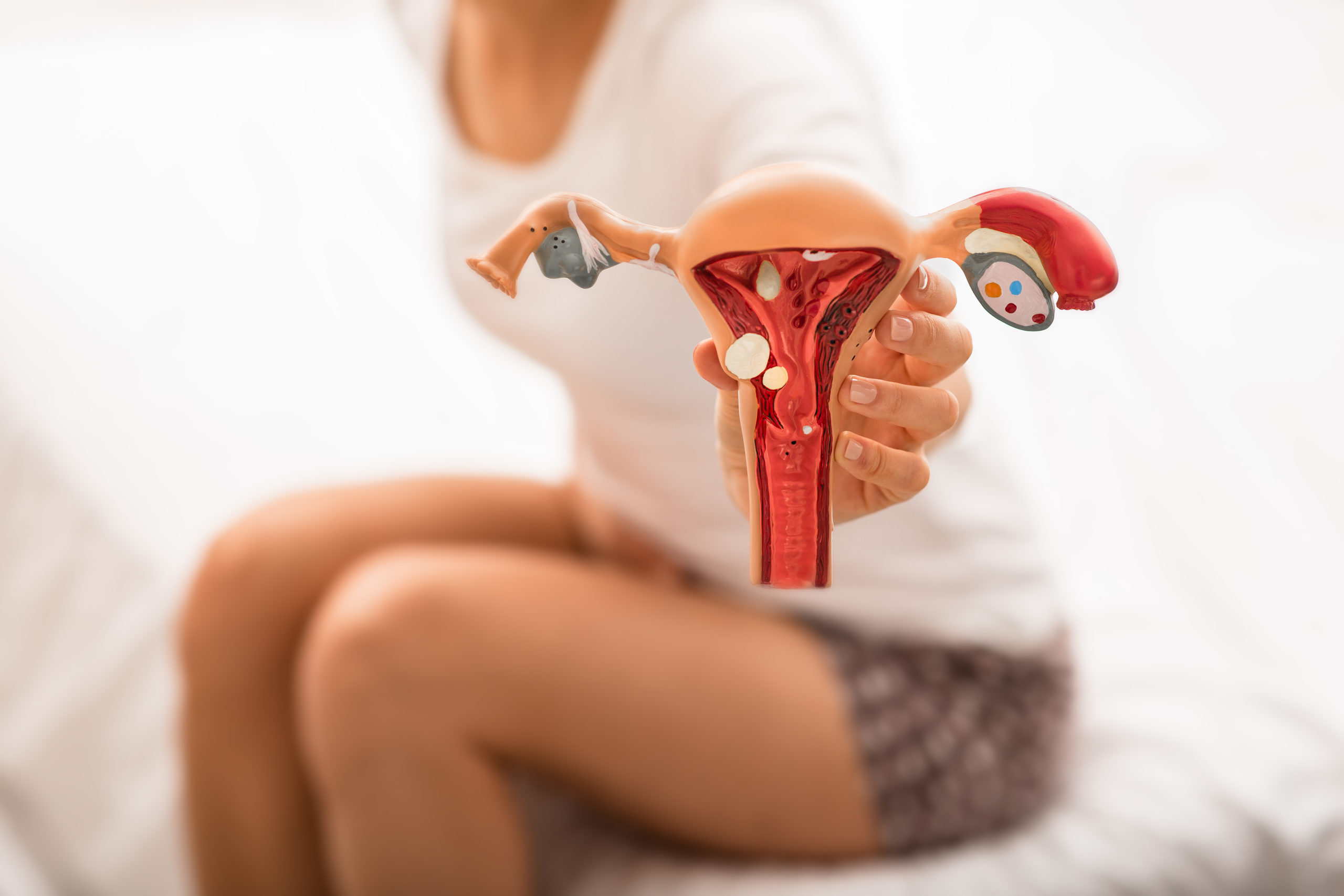Fruits and veggies on your table Makes your health Stable
Nutritional tips for Toddlers:
- Introduce only one food at a time, giving only small amounts at first
- Increase variety slowly
- Introduce all food groups.
- Give an extra dash of fat in one or two items.
- Do not use excessive fat, salt and sugar.
- Prepare bland and non-flavoured items. Fried food, highly spiced, and highly flavoured foods are not liked.
- Consistency should be gradually built from liquid to semi-solid and then solid.
- Particle size of gruels should be built gradually from homogenized khichidi, to well mash to a thick khichidi.
- Quality should be gradually increased.
- If the child dislikes or disinterested, discontinue the food for some time and re-introduce later. Do not force feed. No food is indispensable or best.
- Parents should avoid personal prejudices, likes and dislikes in front of children. Rather they should eat a variety of foods and encourage children to do same.
- Identify intolerance and immediately discontinue. Cow??s milk, egg white, soybean etc. are known to cause allergies. Cereals which least allergy is rice and the pulse which causes best tolerance is moong dal.
- Avoid fibre, whole legumes and raw vegetables with their high fibre content foods recommended for adults but not for infants.
- Some complementary foods need special preparation such as ARF (amylase rich foods) or mashed potato or banana.
- Prevent inclusion of junk foods, which provide only energy. Too many sweets biscuits, baked products like cakes and pastries, which have refined flour and sugar can cause dental caries.
- Avoid nibbling. Have a 5-6 meal pattern. Keep gap of 3 hrs.??, and encourage the physical activity and play to prevent obesity.
- Meals should be attractive and served with care and personal attention.
- Too much attention at meal time only makes child to achieve their ends. Healthy meal time environment of the family helps in good eating habits.
By Saraswathi Usha, Sr. Nutritionist Motherhood Indiranagar


 Toll Free Number
Toll Free Number
















